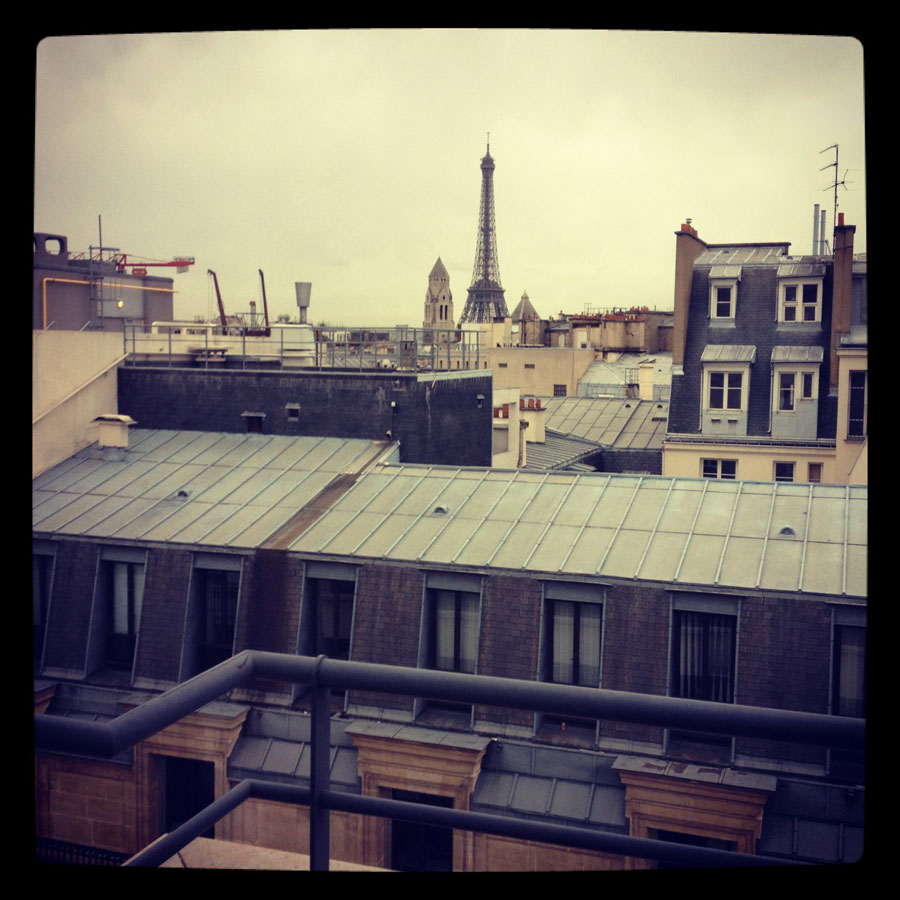Body Language
An exhibition in Paris exploring the relationship between photography and the human form
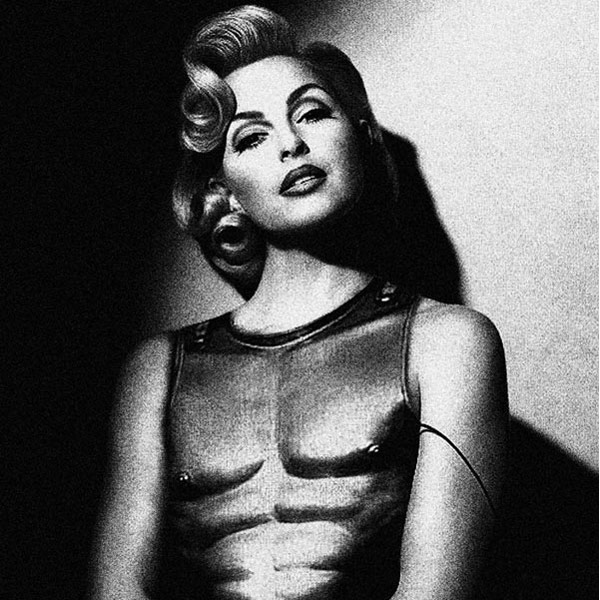
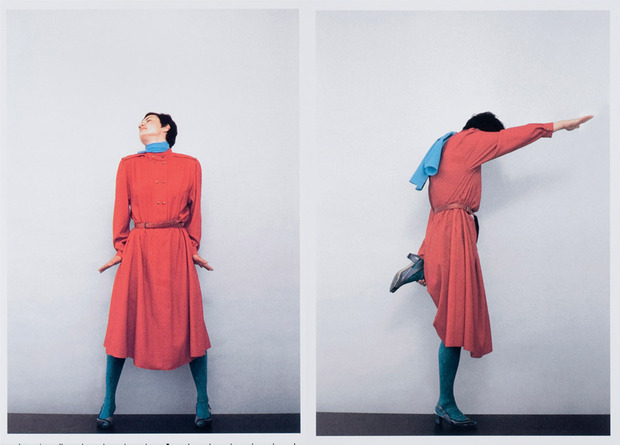
The Centre Culturel Suisse in Paris has gathered a selection of photos focused on the concept of the body from the Fotomuseum Winterthur‘s collection, as part of the city’s “Mois de la photo” (Month of Photography) event.
Throughout its history as a medium, photography has entertained an exclusive and intimate relation with the body. The exhibition explores this interaction, from the gestures exchanged among human beings to the documentation of the body’s social roles of intimacy, sex and self-portraiture. The body, as a subject, provides a captivating representation of the intersection between outward expression and inner identity. From broader social depictions to close-up snapshots of flesh, “Body Language” tells a fascinating story in which we encounter androgynous figures, erotic shows and ultra large-scale portraits.
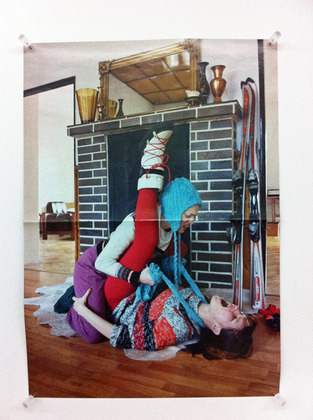
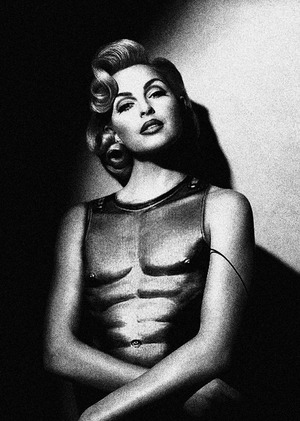
The hilarious series, “Porn”, by Anetta Mona Chisa and Lucia Tkacova depicts the artists reenacting pornography poses together. Juxtaposing familiar wild porn scenes with decidedly anti-erotic outfits, the two effectively play on codes of the genre. Gender roles are further explored in the image entitled “She-Man” by Swiss artist Rockmaster K, who plays with movie poster conventions with an ultra-feminine woman showing off the muscular trunk of a body-builder on a breastplate.
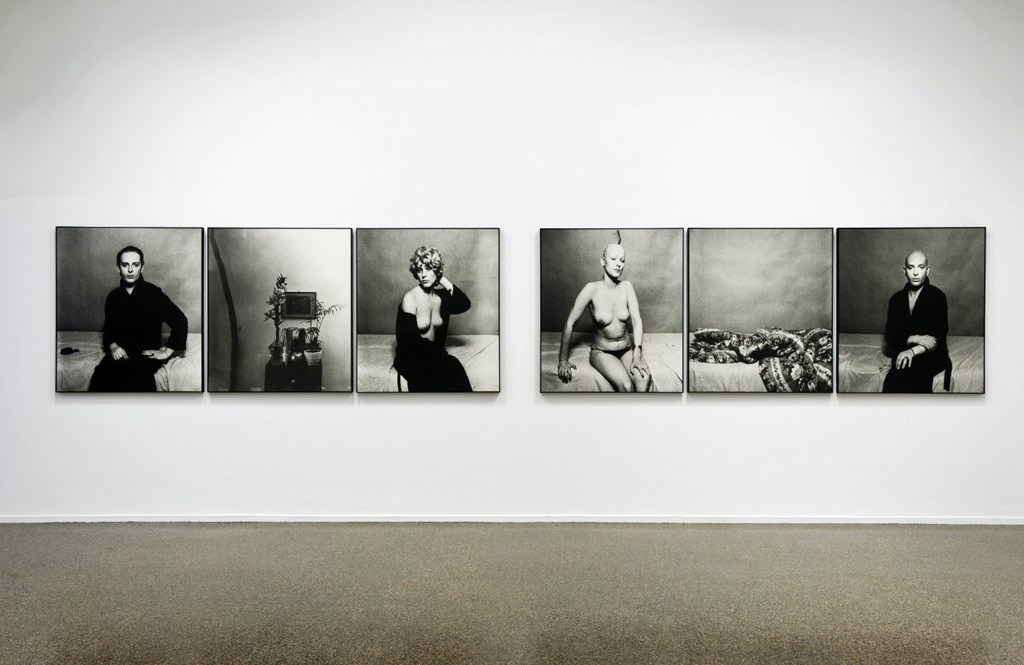
The ’70s marked a period of transforming and playing with sex codes in photography. The large black and white triptychs titled “They Have Lived in Our Neighborhood for Many Years” by Urs Lüthi are composed as traditional portraits, with husband and wife posing elegantly among domestic objects of everyday life. However, the artist’s classical technique creates a serenity that plays against the androgynous couple’s almost troubling resemblance to one another.
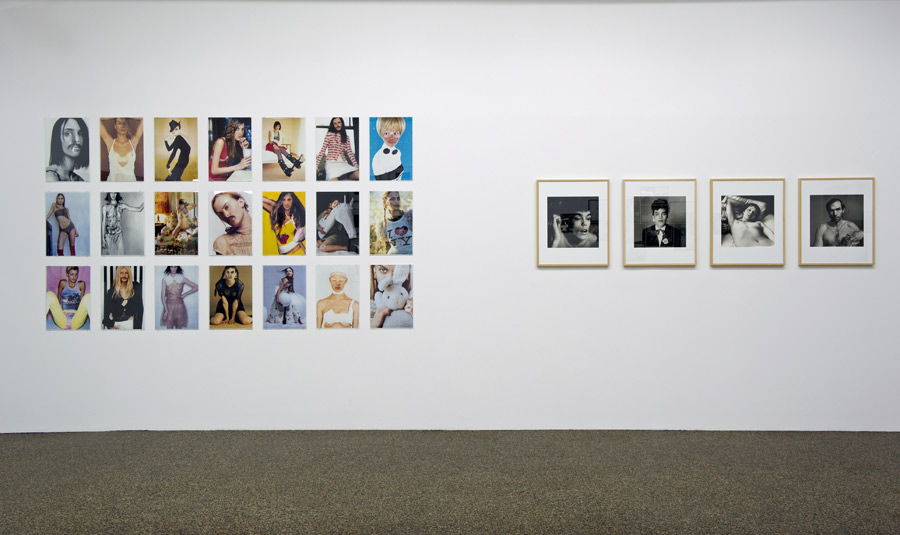
Another type of androgynous creature has been created by the Swiss artist Ugo Rondinone in his piece, “I Don’t Live There Anymore” (2000). The self-portraits depict Rondinone’s head on women’s bodies cut from magazines, with his hair and makeup done accordingly, to hauntingly realistic effect.
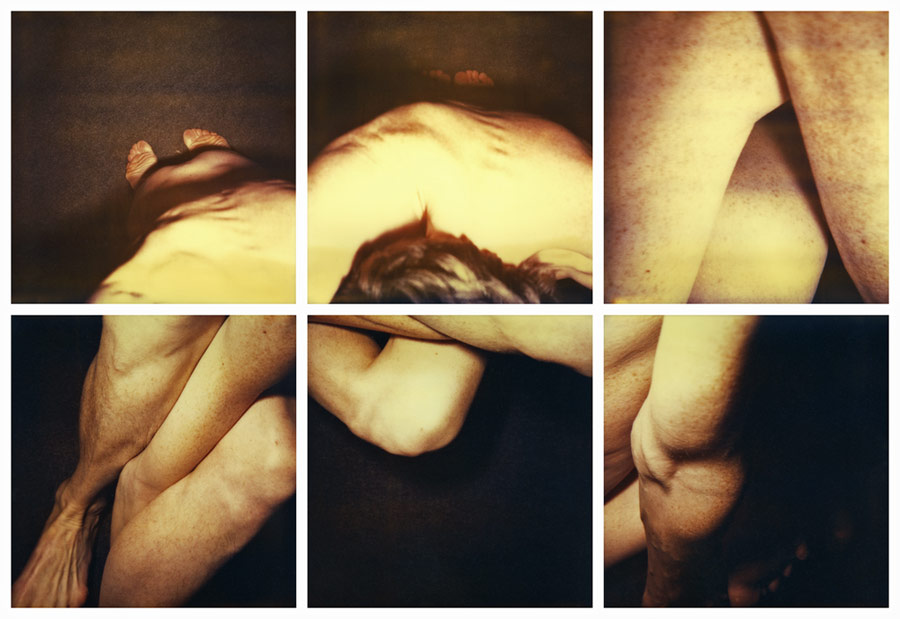
Sometimes the close examination of the secrets of the body in order to learn more about ourselves has the opposite effect, an idea demonstrated in Hanna Villiger’s Polaroid snapshots. Reduced to the most basic sign of life—human flesh—her series dismembers the overall form in a confusing puzzle of parts she shot of her own body.
“Body Language” runs through 16 December 2012 at the Centre Culturel Suisse in Paris
Images courtesy of Fotomuseum Winterthur

